 If you think it looks funny in a photo you she should see when I walk into a restaurant this way.  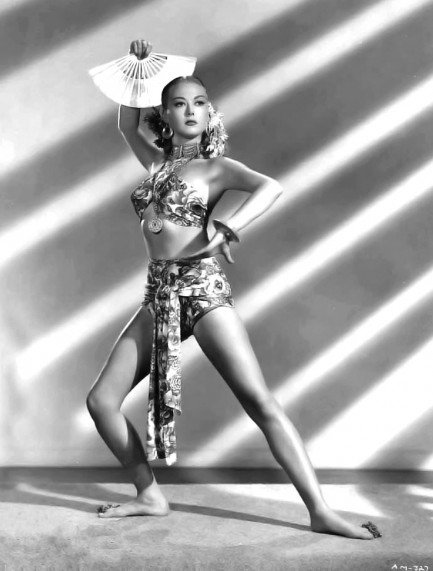
Above, hottie Adele Mara strikes some limber poses in two promos from the Republic Pictures b-feature Call of the South Seas. She plays a Polynesian dancer named Aritana, which must mean “lily white” in her language. But of course, in 1944 when the film was released, dark skinned performers were rarely part of Hollywood calculus. Mara loses points for authenticity, but the shots are still amazing.
 Bal Tabarin is a movie that's a real kick. 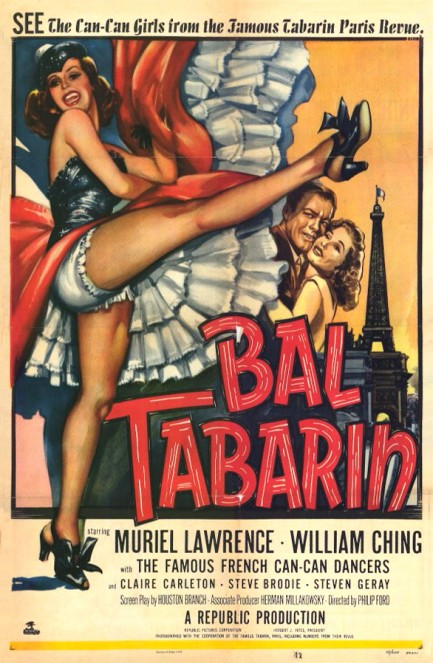 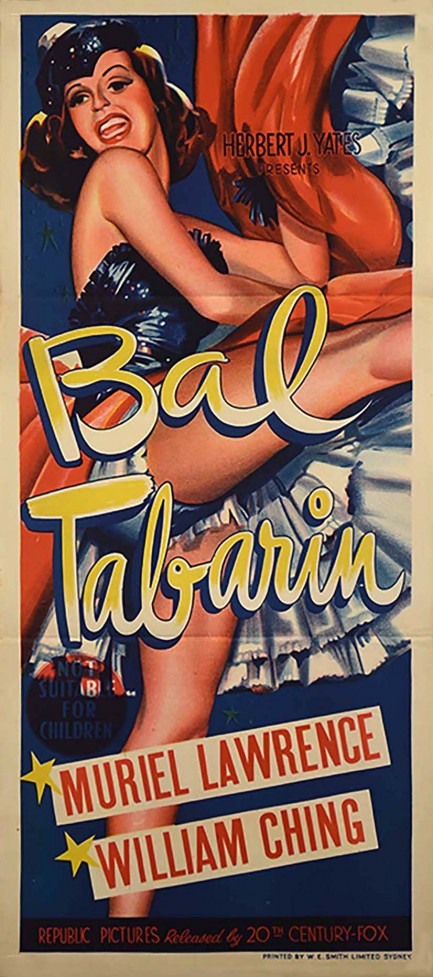
We've been doing a lot on exotic dance of late, so keeping with that theme, above are two posters for Bal Tabarin, an American crime drama from Republic Pictures revolving around the Bal Tabarin cabaret in Paris. A Los Angeles secretary witnesses her boss's murder and flees to Paris to hide with a close friend. She's an aspiring singer, so naturally she soon receives a job offer from the owner of the cabaret. Add in a bit of romance and her Paris idyll is going better than expected, but the bad guys soon catch up to her, clued in by the many Paris postcards mailed to her apartment over the years. Standard ’50s drama with a good location gimmick and nice dance scenes, Bal Tabarin premiered today in 1952. But anyone going to Paris after that to visit the cabaret might have been disappointed. It closed in 1953.
 Anything for a thrill. 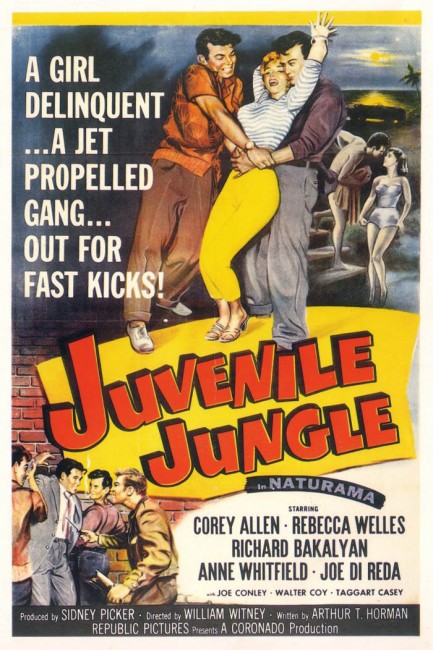
Awesome pulp style poster for Juvenile Jungle, with Corey Allen, Rebecca Welles and a brief appearance from Playboy playmate Yvette Vickers. The movie premiered today in 1958 and is one of the rare U.S. films we've been unable to find. But reviews are copious, and they'll inform you this revolves around a gang that kidnaps a store owner's daughter in order to extort his payroll, and how the plan goes awry when the gang leader and the captive fall for each other. Stockholm Syndrome in Southern California's beachside, leather-jacketed delinquent culture, filmed in the widescreen process Republic Pictures called Naturama.
 From Guanajay to Hollywood in a single bound. 
Estelita Rodriguez was born in Guanajay, Cuba in 1928, signed with MGM at the tender age of fourteen, signed with Republic at seventeen, and appeared in such films as Tropical Heat Wave, Rio Bravo, and the unforgettable Jesse James Meets Frankenstein’s Daughter. This promo shot dates from 1945 and was made when she was playing the character of Lupita in the musical Mexicana with Tito Guízar and Constance Moore.
 Better dead than red. 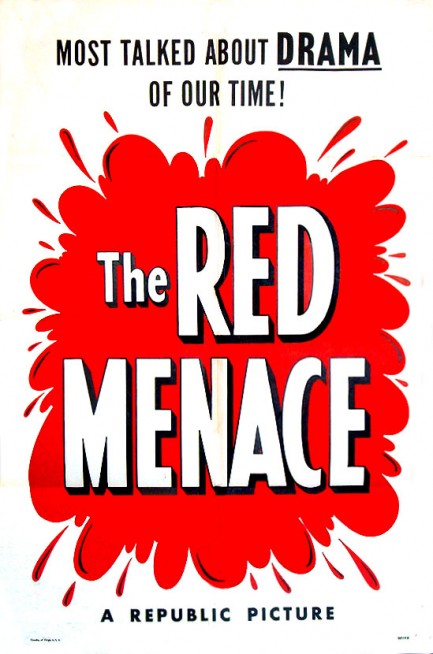
Above: a rare poster for the Republic Pictures drama The Red Menace, which as you might guess was a cheeseball propaganda film designed to instill terror into Americans about communism’s plans for global domination. You get plenty of subterfuge here, along with lots of betrayals and a few brutal beatdowns, and one of the commies—Betty Lou Gerson—would later portray purest evil by voicing Cruella de Vil in Disney’s One Hundred and One Dalmatians. Ironically, when The Red Menace premiered the U.S. government was entering into a period during which it would sponsor numerous anti-democratic coups in Latin America, Asia, and the Middle East. This was unknown to most Americans, but it’s debatable whether they would have been concerned. The years immediately following World War II marked a rising anti-communist wave in the U.S., a movement that would create fertile conditions for the political stardom of witch hunting senator Joseph McCarthy. He would flame out within a decade, but at the beginning of his crusade he had substantial public support. For its part, Republic Pictures was interested more in profit than propaganda, and Menace was rush-released to take advantage of the public mood. The haste showed—the movie was spectacularly, hilariously bad, and is considered today by many to be the Reefer Madness of anti-communist films. It premiered today in 1949.
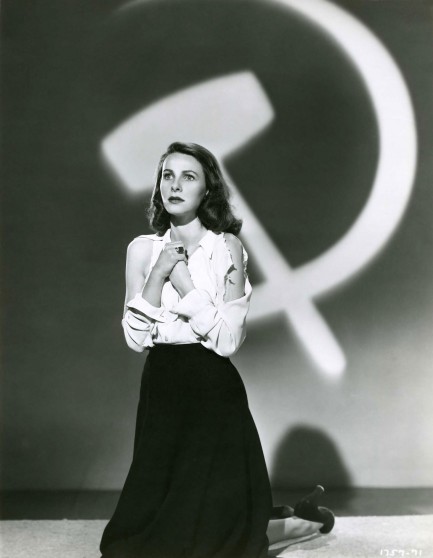 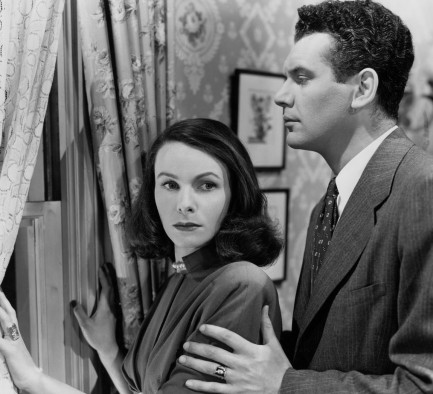 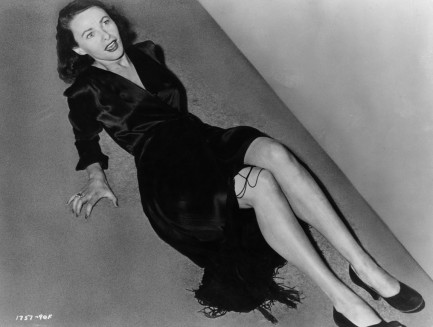 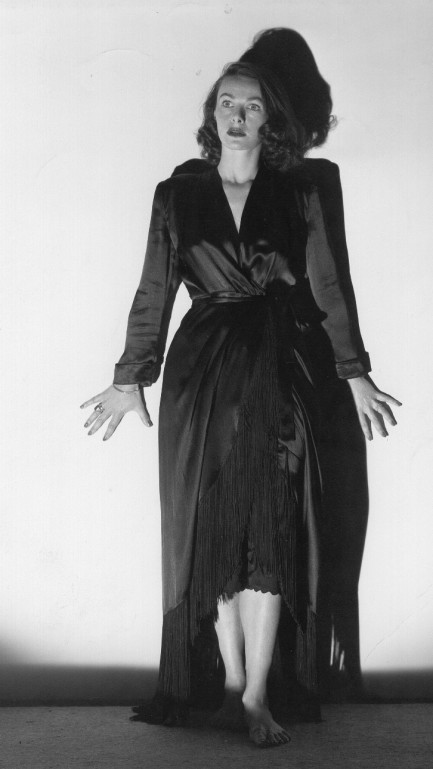
 Nights of the old Republic. 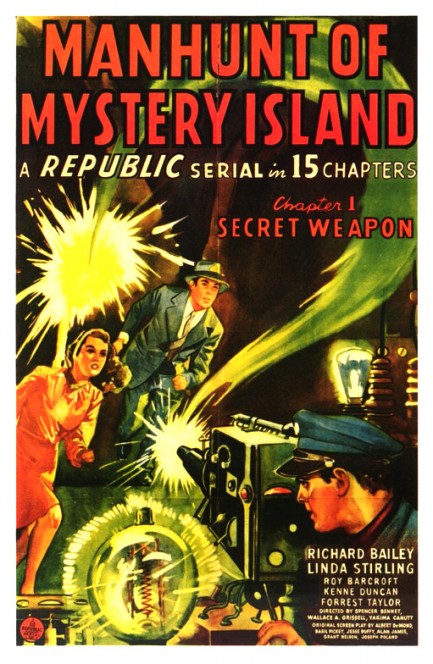 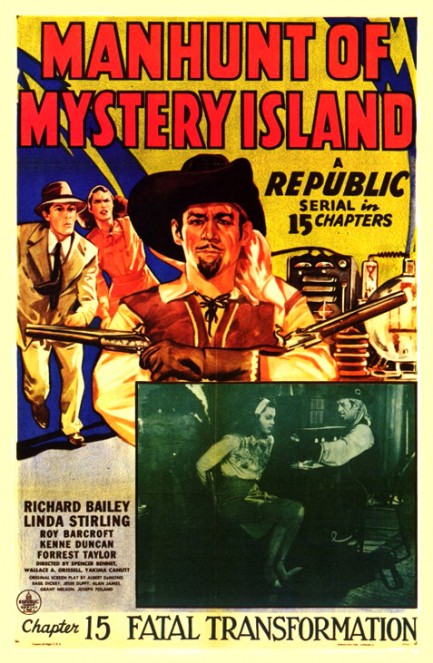
You may not have heard of The Manhunt of Mystery Island, but this is one of the few Republic serials you can probably rent or buy. The legendary Republic Pictures made sixty-six serials, consisting of short chapters ending with cliffhangers resolved at the beginning of the next chapter, usually by means of an improbable escape. Each chapter would play at a theater for one week as a sort of opening act to the A-feature, the next chapter would run for seven days, and so on until the story was completed. Watching a movie over the course of three months might not seem like the best way to attract customers to the cinema, but it actually worked quite well because some of the serial characters and actors were immensely popular. If you’ve never seen a serial, in complete form it would look a lot like Raiders of the Lost Ark, and there’s a reason for that—Steven Spielberg fell in love with serials when he was young and deliberately set about to make a modern version. The plot of The Manhunt of Mystery Island is a bit convoluted to summarize here. Let’s just say it involves a scientist, a pirate, bodyshifting, and lots of fights. Or, by way of summation, consider its alternate title: Captain Mephisto and the Transformation Machine. Sounds good, right? The version we saw was back in the late 90s on VHS, but we remember it well and recommend it highly. It premiered in the U.S. today in 1945.
|
 |

The headlines that mattered yesteryear.
2003—Hope Dies
Film legend Bob Hope dies of pneumonia two months after celebrating his 100th birthday. 1945—Churchill Given the Sack
In spite of admiring Winston Churchill as a great wartime leader, Britons elect
Clement Attlee the nation's new prime minister in a sweeping victory for the Labour Party over the Conservatives. 1952—Evita Peron Dies
Eva Duarte de Peron, aka Evita, wife of the president of the Argentine Republic, dies from cancer at age 33. Evita had brought the working classes into a position of political power never witnessed before, but was hated by the nation's powerful military class. She is lain to rest in Milan, Italy in a secret grave under a nun's name, but is eventually returned to Argentina for reburial beside her husband in 1974. 1943—Mussolini Calls It Quits
Italian dictator Benito Mussolini steps down as head of the armed forces and the government. It soon becomes clear that Il Duce did not relinquish power voluntarily, but was forced to resign after former Fascist colleagues turned against him. He is later installed by Germany as leader of the Italian Social Republic in the north of the country, but is killed by partisans in 1945.
|

|
|

It's easy. We have an uploader that makes it a snap. Use it to submit your art, text, header, and subhead. Your post can be funny, serious, or anything in between, as long as it's vintage pulp. You'll get a byline and experience the fleeting pride of free authorship. We'll edit your post for typos, but the rest is up to you. Click here to give us your best shot.

|
|























































































